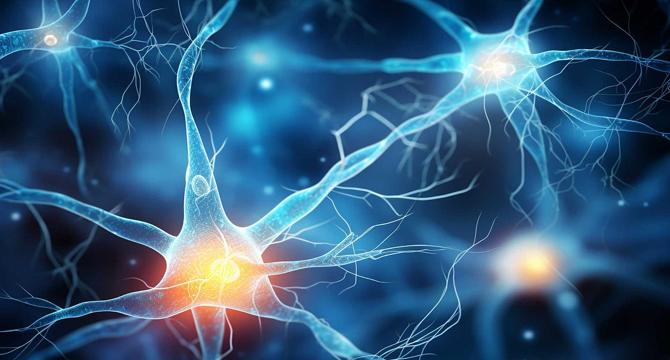Medium
1d
206

Image Credit: Medium
Reverse Engineering Innovation ── What Neuroscience Reveals about the MCE Model
- The MCE model, named after its components Mission, Combination, and Experiment, aims to help organizations generate innovation systematically.
- It emphasizes that creativity and innovation can be strategically designed and managed beyond individual talent alone.
- Creativity involves generating new ideas, while innovation is about turning those ideas into tangible value accepted by society.
- The Combination Framework fosters creative actions, while the Experiment Framework tests and validates ideas to drive innovation.
- Innovation risks rejection if ideas do not resonate with society, emphasizing the need for the Experiment Framework.
- Significant creativity requires a strong foundation of knowledge, following the '10-Year Rule' for high-level creative achievement.
- The prefrontal cortex plays a key role in organizing goal-directed behavior, essential for tackling complex problems with a long-term perspective.
- The Mission Framework embeds a clear sense of purpose into the prefrontal cortex, enabling goal-oriented thinking and innovative outcomes.
- The Combination Framework involves deconstructing existing components in the brain to generate new, creative alternatives for innovation.
- Combining stored memories and knowledge creatively is a cognitive process driven by the prefrontal cortex, highlighting the importance of structured thinking.
Read Full Article
12 Likes
For uninterrupted reading, download the app